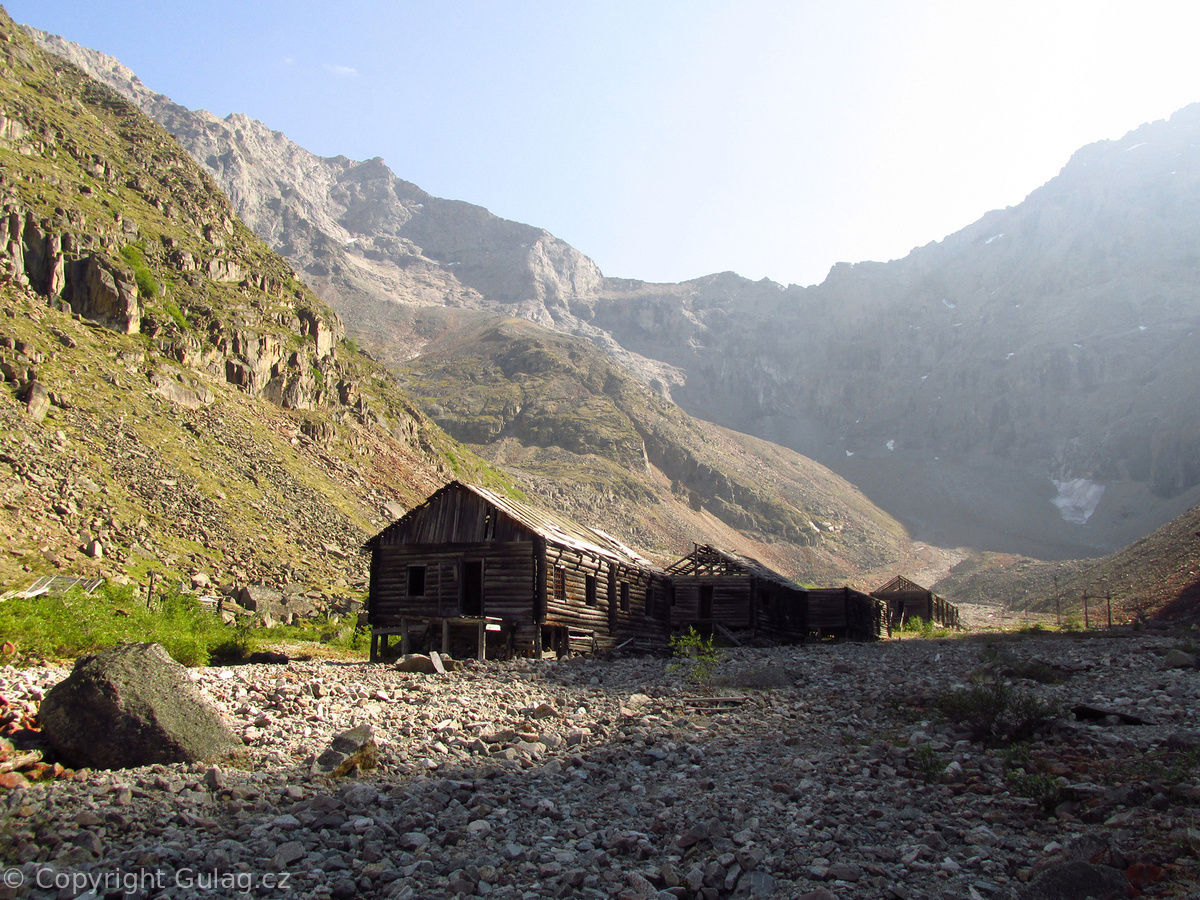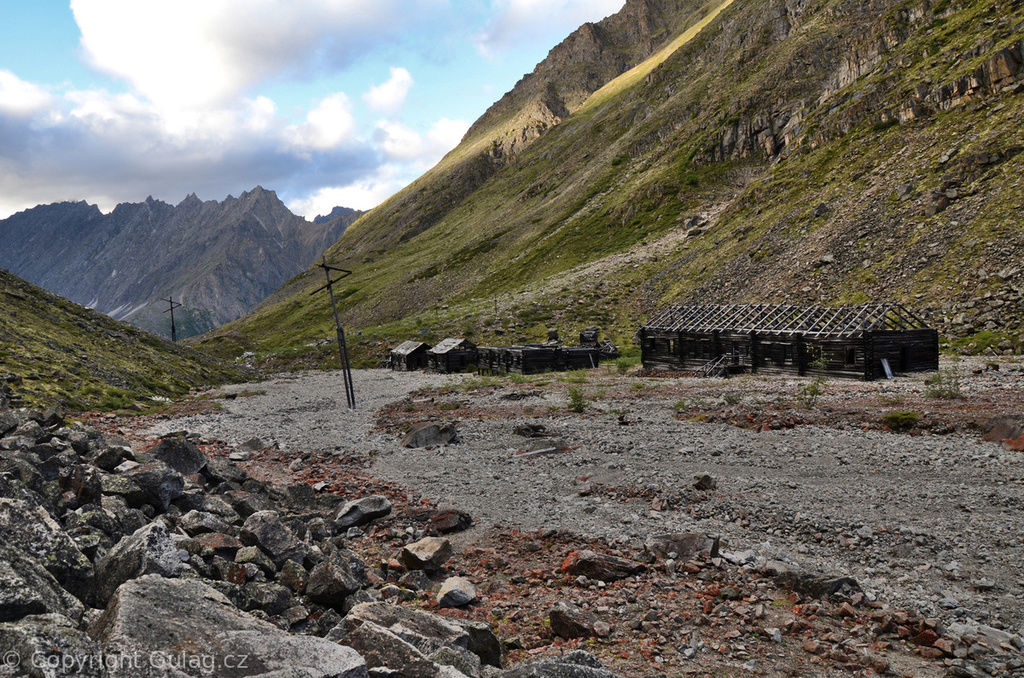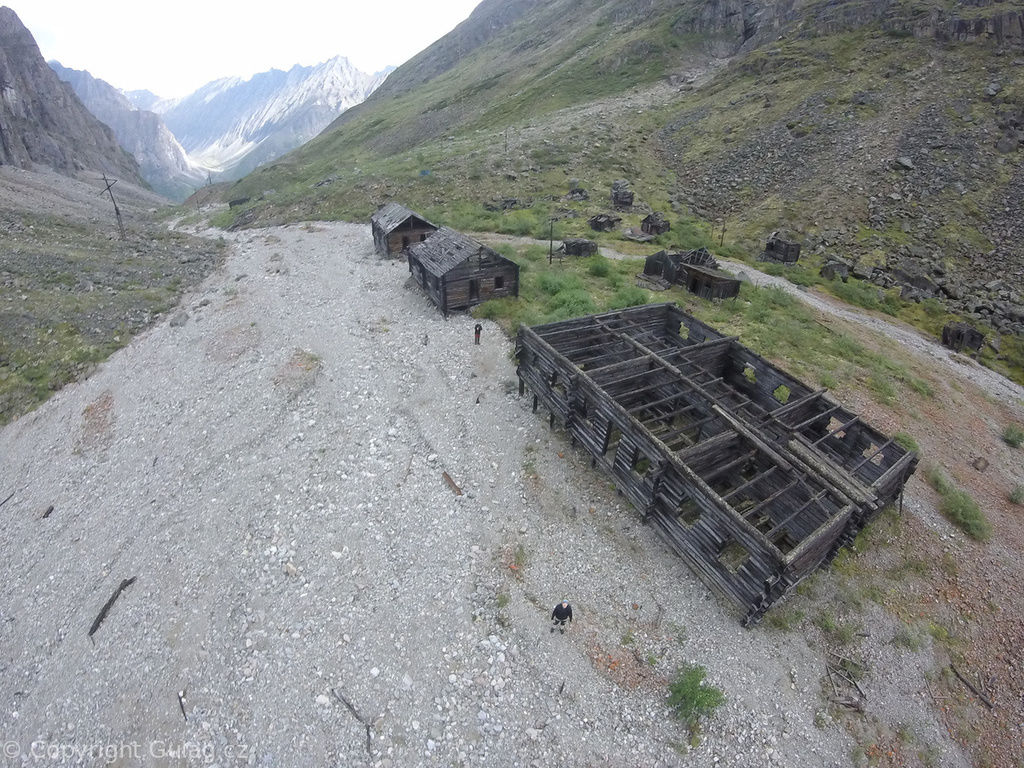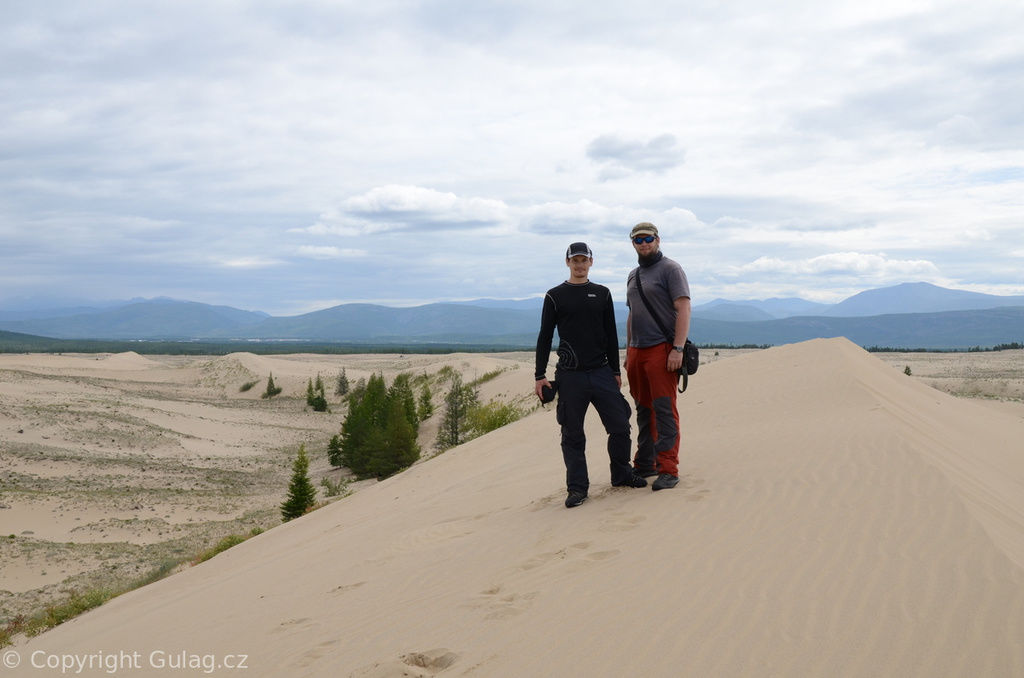In August 2016, we made another expedition to abandoned Gulag camps in Siberia. This time, we headed to the Kodar Mountains in the Chita Oblast, where Gulag prisoners mined uranium for the first Soviet atomic bombs. We documented three camps, which came under the administration of the Borsky corrective labour camp (Борский ИТЛ).
The Borsky corrective labour camp was established on 24 January 1949 and it was directly subordinate to the Main Camp Administration (GULAG) in Moscow. Its main purpose was to extract uranium ore, which at that time was a strategic raw material for the development of Soviet atomic weapons. When it was set up, the camp was located far beyond all the trappings of civilisation (the nearby Baikal-Amur Mainline was not completed until a later date) and almost 4,000 prisoners passed through it. It soon became apparent, however, that supplies of uranium were minimal compared to expectations and the camp was hastily closed on 3 October 1951. Thanks to the fact that it was quickly abandoned, as well as its distance from civilisation and the dry, icy climate high in the mountains, the remnants of the camp have been preserved in a relatively good condition to this day.
This time, the Gulag.cz team consisted of two members: the archaeologists Radek Světlík and Lukáš Holata The expedition began in the town of Chara, from where we headed toward the nearby mountains along the Sredny Sakukan River. There are at least two former camps situated by the river, but only a few dilapidated buildings remain from these settlements, comprising the remnants of uranium-processing plants, sawmills, and watchtowers.
Our main objective, however, was the Marble Gorge, which is situated on one of the side slopes at a height of 1,800-2150 metres above sea level, around 30 kilometres from Chara. The journey took us four days by foot thanks to heavily overflowing rivers. In this location, you can find the remarkably preserved remains of the “Marble Key” (Mramorny Klyuch) camp, which is where the actual extraction of uranium took place. We spent several days in the Marble Gorge documenting the remnants of the camp in detail as well as the mining itself. This was primarily done with the aid of panoramic photographs, photogrammetry, and other forms of surveying. Besides making a detailed description, our goal was also to make a 3D model of the camp and founded items. We hope to publish the results of the expedition by the end of this year. Partial results and details of the excursion will be published on a continual basis.











